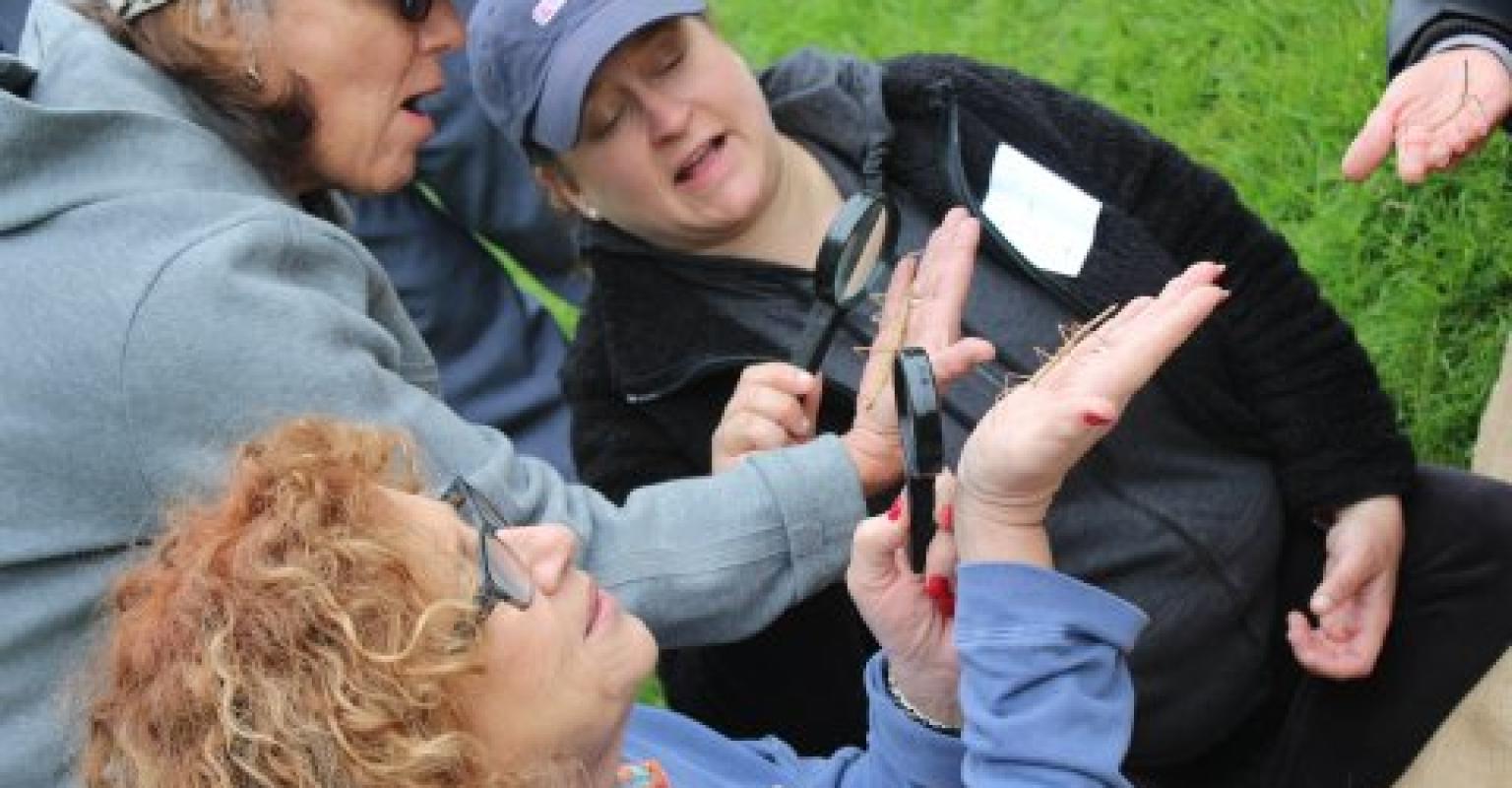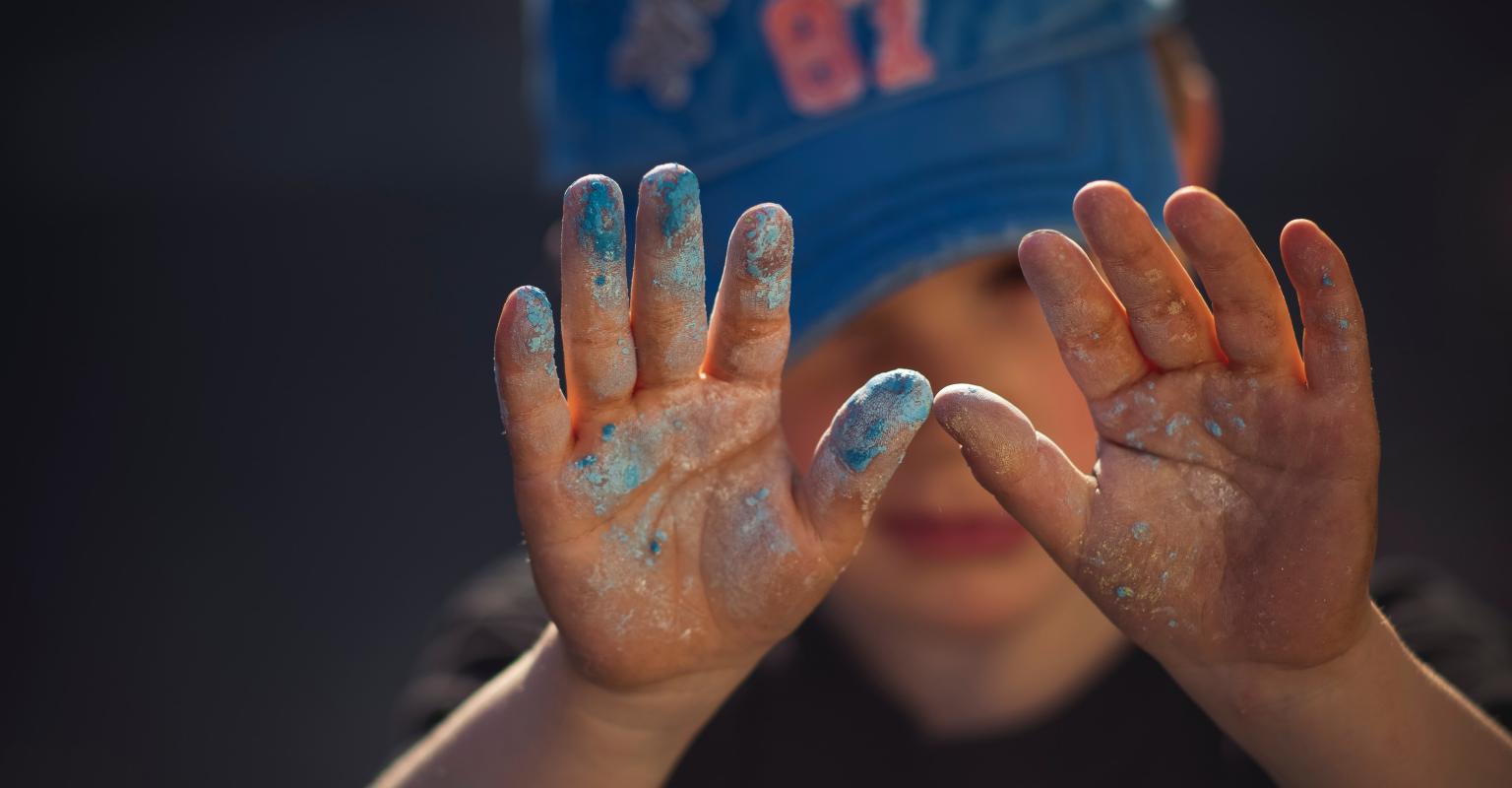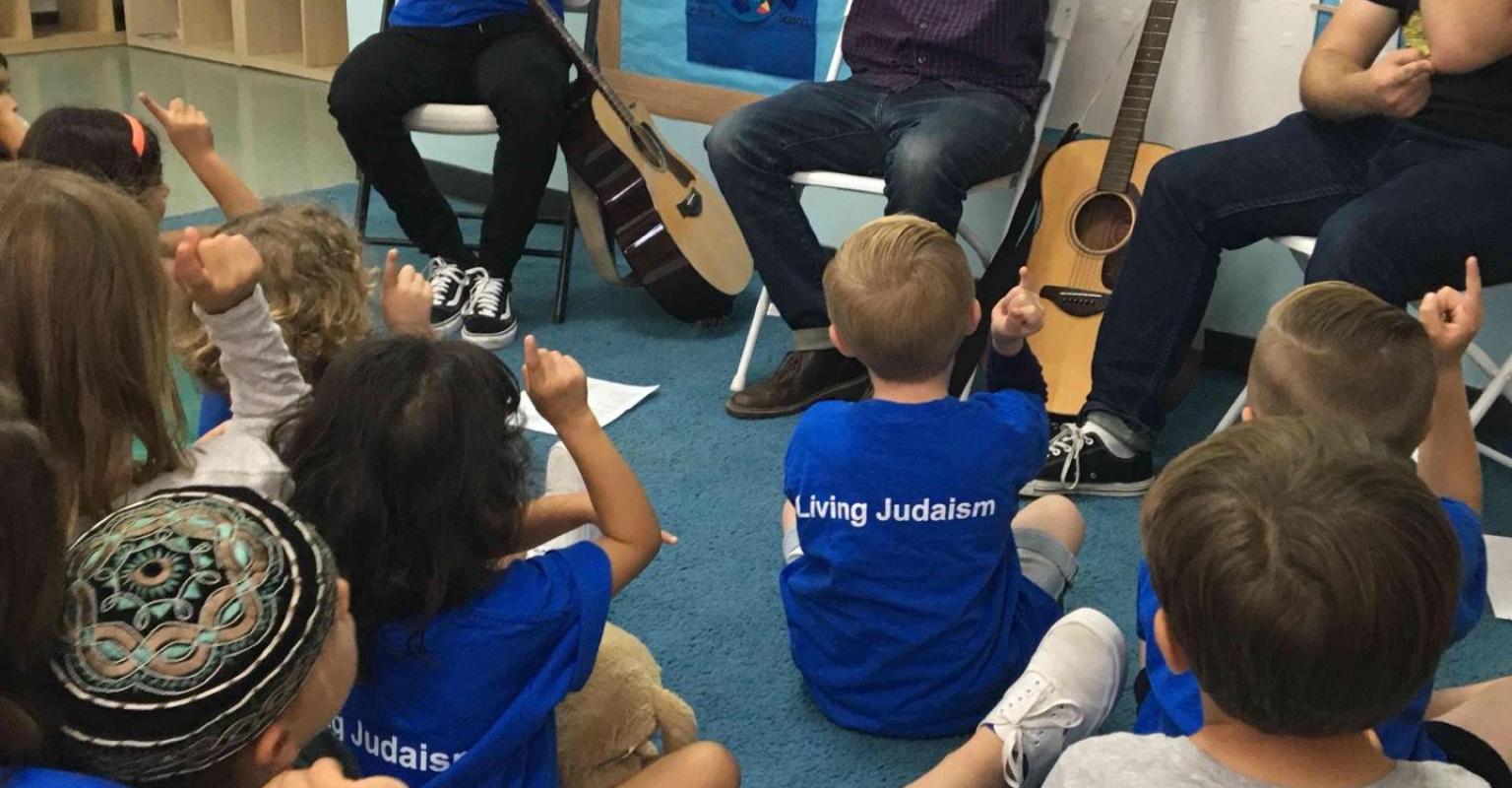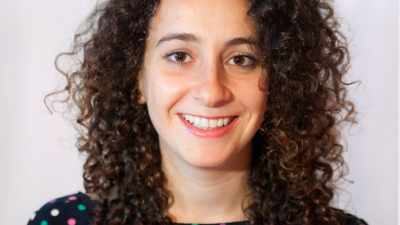Educators Step Into the Role of Explorer:
The Jewish Museum located in NYC is visited by educators and students throughout the year, but when the Early Childhood and Family Engagement staff at The Jewish Education Project brought early childhood professionals for an In-SITE-ful Journey experience, the visit was intentionally crafted to help educators gain a new perspective on how they might use ritual objects and historical pieces of art to engage children in conversations and art activities in more developmentally appropriate ways.
Museum educator Asya Gribov brought the participants into a variety of galleries with ancient and modern works of art. As our docent, Asya avoided sharing a laundry list of facts about the art, such as who the artist was or when the art was created, but instead modeled for the participants how to ask open-ended questions that have a greater potential to engage children and spark their own curiosity and learning.
Three Examples of How Participants Were Drawn Into the Exploratory Prompts:
- While viewing a two-dimensional historical painting, participants were asked to share aloud what they noticed about the people sitting around the table and about the room and it's contents. Asya’s questions encouraged personal observations and dialog that wasn’t aimed at acquiring any particular knowledge but to see connections, identify familiar objects, make personal associations, and raise additional questions. A few example questions: What’s happening here? What expressions do you see on their faces? What do you think happened before this moment? What might happen after?
- While looking at a three-dimensional modern piece of art that involved tin and envelopes, the questions Asya offered changed. In this exchange, the investigation focused more on the medium that was used, the colors, and the arrangement. To enhance the experience the participants were given a cookie tin to touch and then imagine the process the artist took to create their work. She included other materials, such as paper and cardboard, so educators could imagine alternate mediums for children to use in a similar way. A few example questions: Have you seen anything like this before? What do you notice about how things are arranged? Do you think there’s anything inside [the envelope, in this case]? How do you want to display your objects?
- And when viewing the museum’s vast collection of Hannakiot, behind glass and carefully positioned on shelves, the participants were given sketch paper and pencils and were asked to draw what they saw. When the silence was broken, participants shared how they experienced the activity. Many noted that through the drawing process they saw something they hadn’t originally noticed and it elevated their appreciation for it or prompted some new questions. A few example questions: Do you think you can bend that? What shapes do you see? What do you think this is used for? Are any of them alike?
These dialogs modeled for educators creative ways to approach viewing art in a group setting and creating conversations around art and artifacts that put the learner at the center. Our adult audience engaged in conversations on their level - sharing their own ideas about Jewish history, life, and culture - while also given the opportunity to imagine how they might initiate invitations in their own classrooms with open-ended questions.
More about the Experience:
After the gallery walks and group conversations, educators were invited to engage in the creative process using a wide assortment of loose parts and materials displayed on a long table, which was referred to as the “art bar”. They could create their own hanukkiah or something else that inspired them using as many and as different an assortment of materials as they wanted. At the conclusion of the activity, the participants displayed their items on a long table and shared with others their own creative process, and in what ways their process had been influenced by the gallery walk and conversations.
Our Reflection Questions:
Reflecting is an important part of the experience on our site visits and good questions help educators extend the learning and see applications in their own setting. Below are a few of the reflection questions we posed during our concluding conversation which may help you recreate a similar experience with colleagues.
-
Now that you’ve had this experience, how might you be thinking differently about engaging children in conversations about art?
-
How do we help educators frame the right questions when children are examining art?
-
How do we unpack the artists' experience making the art and what can that contribute to our own learning?
Museum Educator Asya Gribov:
Asya Gribov is a museum educator, community organizer, and perpetual learner. Asya currently teaches at the Jewish Museum and the Museum of Modern Art. For the last four years, Asya consulted with PJ Library, supporting Jewish organizations across North America in reaching and engaging families through creative, cultural programming and innovative outreach strategies. Asya loves developing digital and print educational tools that support children and their grown-ups in engaging with the arts through self-guided activities and hands-on exploration. Asya holds a dual B.A. in Psychology and Comparative Religions, and a Master’s in Elementary Education from Hunter College. She received her most valuable education while backpacking around the world and spending time in art museums.
- Check out this comprehensive list of questions used by our museum educator to prompt dialog and deeper investigation of each piece. Educators can use this as a guide for engaging children in more open-ended conversations when they introduce different art and artifacts in their own classrooms.
Participant Quotes:
“I tried to create [a hanukkiah] experiencing it as a child. I didn’t use any scissors or glue. I tried to wrap different pieces to attach items. This helped me get into the headspace of my students and see both their frustrations as well as the satisfaction they feel when two pieces finally connect.”
“It felt different for me to first think of materials and then second to think about how I wanted to manipulate the materials rather than trying to figure out how to make something that was Halachic.”
Forward Thinking/Guided Questions:
-
Asya Gribov modeled for us how we might use Jewish art and artifacts more effectively as provocations in the classroom. Select an art item or ritual object you use in your own classroom. How might you help children investigate it in new ways?
-
How comfortable are you with offering children art activities that are not product-based especially during the holidays? What supports or hinders your comfort level? And what would you need to help you offer more open-ended activities?
Additional Resources:




